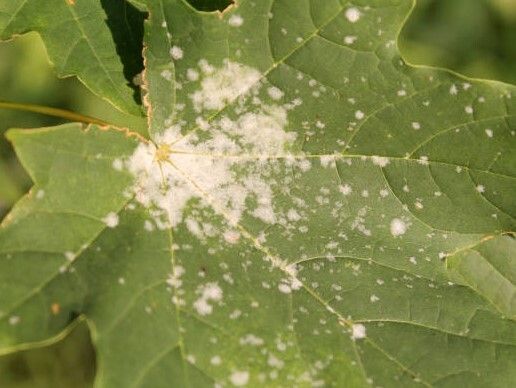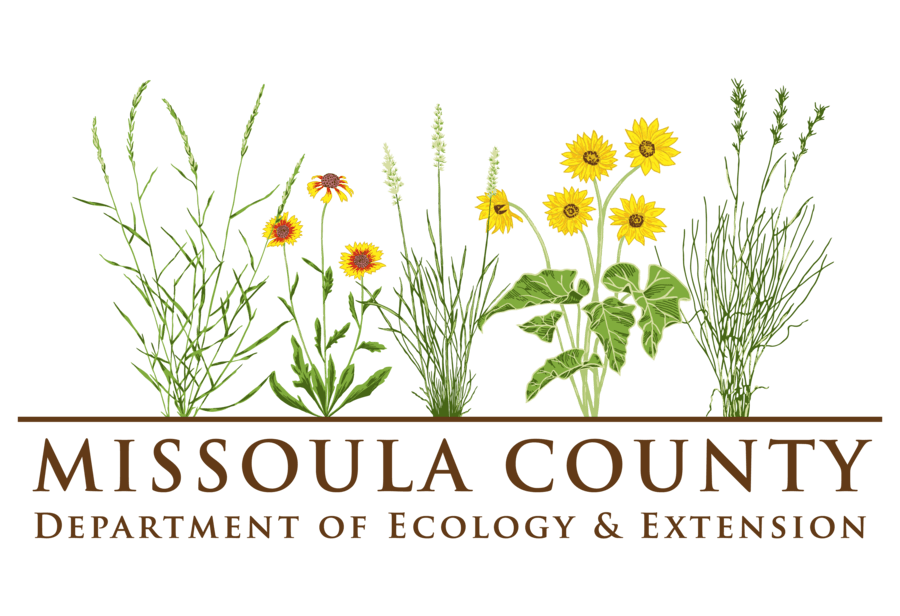
If this weather pattern continues it will be time now to slowly start decreasing the amount of irrigation to woody shrubs and ornamentals so they will start to slow their growth and get ready for fall and winter. The exception is fruit trees with fruit crops on them. Keep fruit producing trees well watered until harvest. Then cut the water back. The other exception is native aspen and conifer trees, that need enough water to withstand attack by insect borers.
There are few serious insect pests at this point in the summer. The one exception is poplar borer. We are seeing Poplar borer egg-laying activity (fresh sawdust and sap running) on Aspen tree trunks now. If you find sawdust on your Aspen trunks, now is the time to apply an insecticide trunk spray. The pesticide options are synthetic pyrethroids such as cyfluthrin or permethrin.
There should be no need to spray fruit trees now. Pick up any fallen apples off the ground as this will help reduce the numbers of codling moths for next year.
Mite and aphid populations are decreasing in our sample sites. There is no need to spray for these pests this late in the season. Mark woody shrubs and trees that have mites now and remember to treat them with a dormant oil spray next spring.
Powdery mildew is being seen on maple trees now, try to keep water off leaves, or water mid morning to give the foliage time to dry. Most cases are not severe enough to spray a fungicide.
Cedar-apple rust is causing yellow to orange spots on hawthorn trees now. It is to late to spray, instead spray a fungicide next spring when leaves emerge.
Black rotten looking spots on the bottom of your tomatoes is called blossom end rot. Initially, water-soaked
spots (resembling small bruises) appear, most often on the bottoms of fruits. On peppers these spots can resemble sunscald and can form on the sides of the fruits near the blossom end. Spots enlarge, becoming dark brown to black, sunken and leathery. Sometimes, when a fruit is cut, the exterior will be sound, but the interior will be discolored and shrunken. Often, bacteria and fungi invade the discolored areas, leading to further tissue decay.
It is caused by a watering imbalance which inhibits the plants ability to take up calcium. A calcium supplement like rot stop will help reduce the problem. It is mostly seen with container grown tomatoes.
Large white spots that develop on fruit and vegetables is sunscald, which generally occurs when any plant part developing in lower light is suddenly exposed to higher light levels. One of the first steps is to develop and maintain a good leaf canopy providing the necessary cover for fruit.
Fall webworm caterpillars are forming silken webs in apple, cherry and chokecherry trees now. Cut out limb or spray with Bt (bacillus thuringensis) to control them.
It’s that time of year approaching that some insects such as spiders, stink bugs, boxelder bugs and conifer leaf-footed bugs want to migrate indoors, so be sure to repair screens and caulk around doors and windows to stop them from coming in.
In vegetable gardens, start to decrease irrigation water on tomatoes, winter squash, potatoes and onions to encourage ripening and drying for winter storage. On cool, cloudy days these crops need no irrigation at all, even if you notice a bit of late afternoon wilting.
